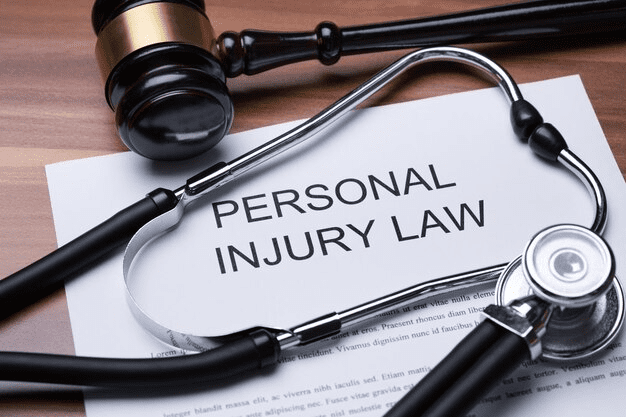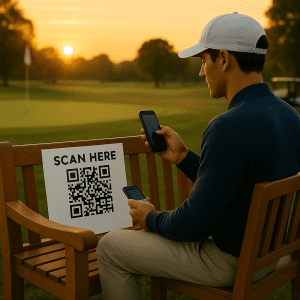In today’s data-driven world, geotargeting has become a powerful tool in digital marketing, especially for law firms aiming to capture the attention of potential clients at the right place and time. But when it comes to promoting a personal injury ad, especially near sensitive locations such as hospitals, accident sites, or emergency rooms, the ethical boundaries can quickly blur.
While personal injury lawyer ads serve the purpose of connecting those in need with legal services, the way these messages are delivered can either build trust or backfire. This blog explores the ethical implications of geotargeting in personal injury advertising, offering insights and best practices for marketing professionals to uphold integrity while driving results.
Why Geotargeting Matters in Personal Injury Ads
Geotargeting refers to the practice of delivering ads to users based on their physical location. For personal injury lawyers, this could mean serving ads to individuals at:
Hospitals or urgent care centers
Intersections with high accident rates
Workplaces with elevated injury risks
Locations of recent traffic accidents
From a purely marketing standpoint, this sounds effective. But there’s a thin line between timely service and opportunism. As personal injury ad campaigns become more advanced, the ethical implications become more complex.
The Power—and Risk—of Location-Based Personal Injury Lawyer Ads
Precision Marketing with Ethical Dilemmas
Using location data, law firms can tailor personal injury lawyer ads to reach people when they’re most vulnerable. However, this strategy often triggers ethical concerns:
Invasion of privacy: Geofencing hospital areas may feel intrusive to individuals seeking medical care, not legal services.
Emotional manipulation: Targeting people in distress can be seen as taking advantage of their situation.
Lack of consent: Most consumers are unaware they’re being tracked based on location for ad purposes.
While it’s legal in many states, such practices often raise red flags among privacy advocates and regulators.
Real-World Backlash: A Cautionary Tale
In 2018, a prominent digital marketing agency was hit with legal scrutiny for geofencing women’s health clinics to serve anti-abortion ads. While unrelated to personal injury, the case spotlighted how location-based ads can spark public outrage when seen as predatory or politically charged.
This same risk applies to personal injury ad campaigns. Without ethical restraint, your brand may attract lawsuits, negative press, or penalties from advertising boards.
Ethical Guidelines for Personal Injury Lawyer Ads with Geotargeting
Respect Sensitive Locations
Avoid targeting:
Hospital emergency rooms
Rehabilitation centers
Morgues
Funeral homes
These locations are emotionally charged, and any personal injury lawyer ad appearing there could be perceived as exploitative rather than helpful.
Use Contextual Triggers Over Direct Targeting
Instead of geofencing a hospital, consider targeting users who have searched for relevant keywords like:
“What to do after a car accident”
“Injury at work legal advice”
This shows intent and provides a less intrusive entry point.
Transparency is Key
Your personal injury ads should:
Disclose how data was collected
Include privacy policy links
Offer opt-out options for users
By being upfront, you build trust rather than suspicion.
Legal Considerations in Geotargeted Personal Injury Ads
Compliance with Data Laws
Marketing professionals must be aware of:
HIPAA compliance: While HIPAA governs healthcare providers, using data from sensitive locations (like hospitals) may violate its spirit, if not its letter.
State bar regulations: Several states have ethical rules about how, when, and where lawyers can advertise. Some explicitly restrict digital outreach near hospitals or disaster sites.
FTC guidelines: The Federal Trade Commission can take action against deceptive or unfair advertising practices, including intrusive geotargeting.
Ignoring these rules puts your campaign—and your client’s law firm—at serious legal risk.
How to Create Responsible Personal Injury Lawyer Ads with Geofencing
Focus on Educational Value
Provide real help, not just a sales pitch. Use personal injury ad content that:
Offers a free legal checklist
Educates on what to do after an accident
Links to community or legal aid resources
This transforms your ad from an intrusion into a service.
Retarget Instead of Reaching Cold
Use retargeting for users who’ve previously visited your site or engaged with your social media. This allows for location-based engagement without cold-targeting strangers in sensitive areas.
Segment by Intent, Not Just Location
Layer geotargeting with behavioral data. For example:
Only show personal injury lawyer ads to users who’ve recently visited your blog on car crash claims.
Combine demographic filters (e.g., age, occupation) with location for higher relevance.
This precision makes your ad more valuable and less invasive.
The ROI of Ethical Advertising Practices
Investing in ethical personal injury ad strategies doesn’t just keep you compliant—it also pays off:
Higher trust: Ethical practices build long-term brand loyalty and reputation.
Better conversion: People are more likely to contact a firm that seems empathetic, not predatory.
Less legal risk: Avoid fines, lawsuits, or regulatory sanctions that can tank your ad spend.
In short, marketing with integrity is more sustainable and scalable.
Final Thoughts: Rethinking Personal Injury Ads with a Conscience
As advertising tools grow more advanced, so does the responsibility of marketers. Personal injury ad campaigns that lean heavily on geotargeting need to be built with ethics, compliance, and user empathy in mind.
The key is not just to reach people when they need legal help, but to do so with respect, transparency, and real value.
✅ Key Takeaways:
Geotargeting is powerful—but must be used ethically in personal injury marketing.
Avoid sensitive locations like hospitals or funeral homes.
Prioritize privacy, transparency, and value-driven messaging.






